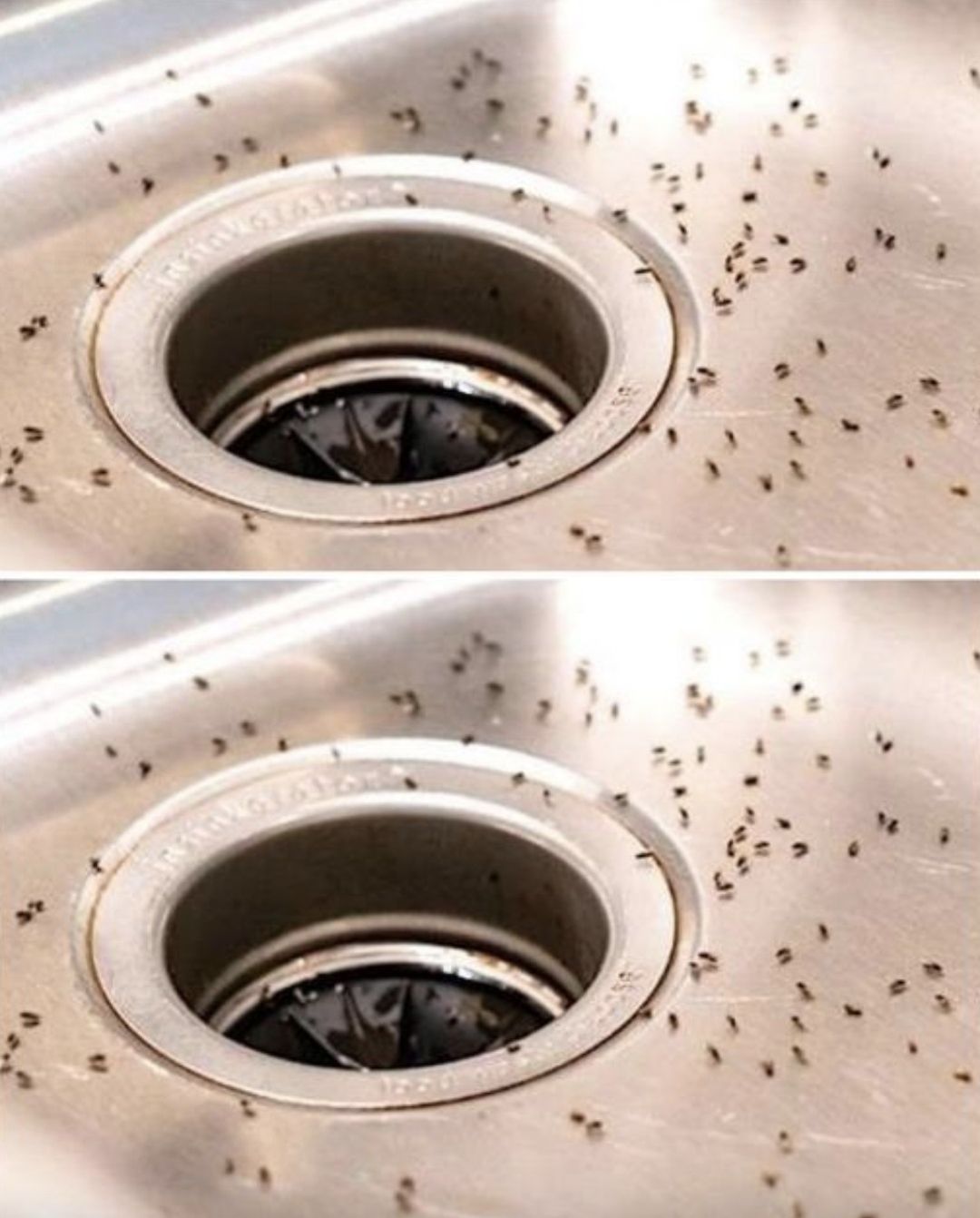When warm weather rolls around, it brings sunshine, longer days, and unfortunately, some unwanted houseguests like flies, mosquitoes, and gnats. If you’ve got potted plants sitting around your home, chances are you’ve noticed those tiny black bugs flying around the soil. These little guys are known as fungus gnats, and they’re drawn to the moist potting soil, as well as any dead leaves or decaying plant matter.

While they’re small, they can be a big annoyance. Figuring out how to get rid of gnats is important if you want to keep your living space peaceful and pest-free. Luckily, there are several easy and natural solutions that can help you send them packing without turning your home into a chemical war zone. Much like methods used for keeping ticks away from your house and yard, these gnat-fighting techniques focus on prevention and a little bit of clever DIY.
First off, while gnats don’t usually bite, their constant buzzing and presence around your face, food, and plants can drive anyone nuts. Aside from your beloved plants, they’re also attracted to food scraps left in the sink, ripe or rotting fruit left on the counter, and even your garbage cans. So keeping things clean is step one in your anti-gnat mission. One of the top natural remedies is diatomaceous earth.
All you have to do is sprinkle a little food-grade diatomaceous earth over the top layer of your plant’s soil. This stuff is harmless to humans and pets, but it’s deadly for gnats because it dries them out and kills them. The trick is to keep the diatomaceous earth dry—if it gets wet, it won’t work as well. Another effective option is sticky gnat strips. They’re not exactly the most beautiful addition to your houseplants, but they get the job done. You can hang them from the branches of your plants and they’ll catch gnats as they fly by.
Just be super careful when placing them, because they’re extremely sticky and will grab onto just about anything—including your fingers. And if you have kids or pets, make sure the plants and strips are kept out of reach. A big mistake many plant owners make is overwatering.
When soil stays constantly damp, it becomes the perfect breeding ground for fungus and bacteria—both of which are practically an open invitation for gnats. Letting your plants dry out a bit between waterings can make a huge difference in keeping these pests away. Good plant care goes a long way in understanding how to eliminate gnats. On top of proper watering, you should also be pruning your plants regularly. Dead or dying leaves are a magnet for gnats, so snip those off as soon as you see them. Keeping your plants trimmed not only helps them stay healthy, but it also removes another attraction point for these pesky bugs.
Another super effective and budget-friendly fix is to make a DIY gnat trap using stuff you probably already have at home. Take a shallow bowl, pour in some apple cider vinegar, and add a few drops of dish soap. Cover the bowl with plastic wrap and poke a few small holes in the top. The scent draws the gnats in, and once they land, the soap breaks the surface tension, trapping them in the liquid. You’ll be surprised by how many gnats end up in there—it works like a charm and gives you some serious satisfaction.
Finally, don’t forget about cleaning the other areas where gnats like to hang out. Sink drains, garbage disposals, and trash cans are hot spots for gnat activity. Regularly clean these areas using a water and bleach solution or a natural cleaner to keep them fresh and gnat-free. The key to long-term gnat control is staying consistent with your cleaning and plant care routine. If you’re already dealing with a gnat problem, try combining a few of these methods at once for the best results. While gnats can be annoying, they’re no match for a little determination and a few household tricks. With these simple yet effective strategies, you can reclaim your space and enjoy your plants and home without those irritating little bugs hovering around.





